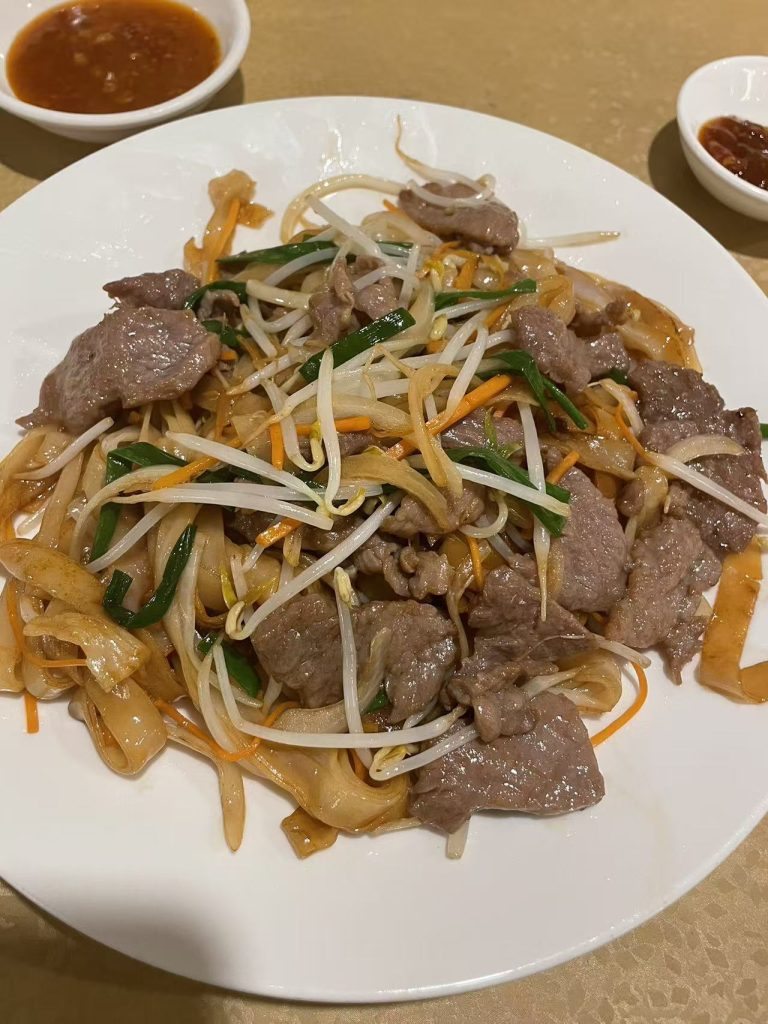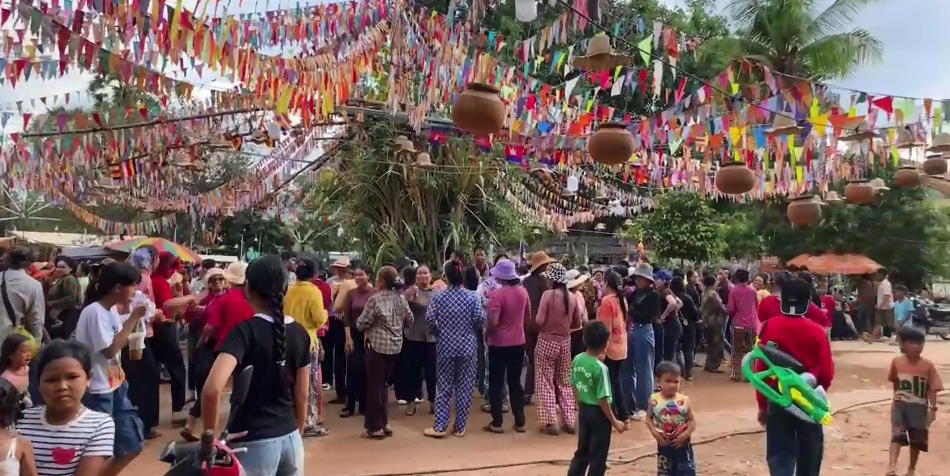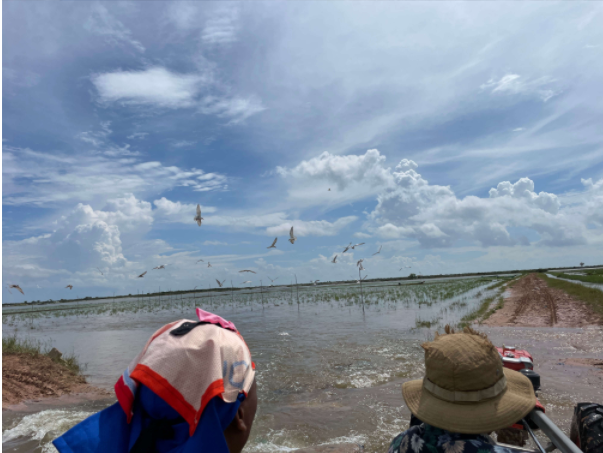Roadside Dining on Route 6: A Glimpse into Cambodia’s Everyday Travel Life
Introduction – A Simple Meal with Local Flavor
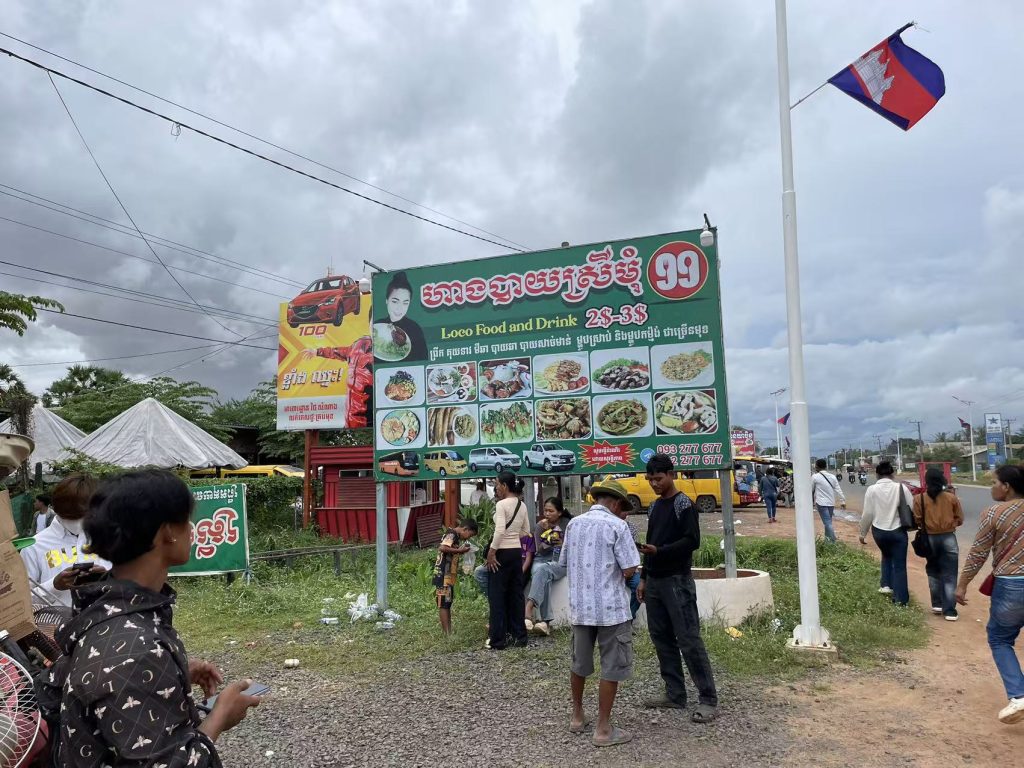
Traveling along Cambodia’s National Route 6 from Phnom Penh to Siem Reap offers more than just a long drive—it provides a window into the country’s daily rhythm and local hospitality. During one such trip, our group stopped at the 99 Restaurant, a humble roadside eatery along Route 6. The five of us ordered six servings of rice, two main dishes, two soups, and five bottles of mineral water, costing only 13.5 USD in total. The food was flavorful and freshly cooked, served with a genuine smile. It was a perfect rest stop for weary travelers on this bustling national highway.
Local Cuisine Along Route 6

Roadside restaurants like this one are common between Phnom Penh and Siem Reap. They serve traditional Khmer dishes—grilled fish, stir-fried vegetables, and tangy soups infused with lemongrass and galangal. Most of these establishments are family-run and built from wood or corrugated metal, offering open-air seating to let in the countryside breeze.
Beyond meals, they often sell snacks, fresh fruits, and bottled drinks, making them a convenient choice for both locals and tourists. The simplicity of these places is part of their charm—where you can enjoy a hearty meal and witness genuine Cambodian life unfold around you.
Route 6 – The Lifeline Between Phnom Penh and Siem Reap
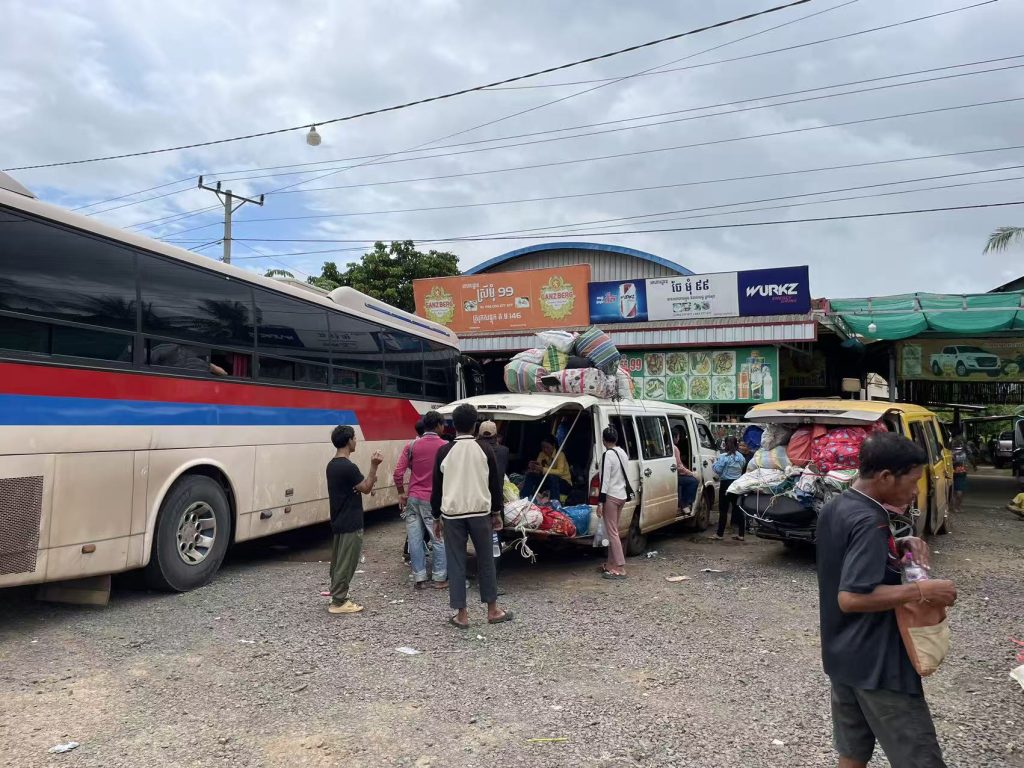
National Highway 6 is Cambodia’s primary transportation artery, stretching northwest from the capital to the Angkor Wat region. Despite the moderate distance of about 320 kilometers, travel time can easily reach six to seven hours due to traffic congestion and road construction.
During festivals or holidays, vehicle flow increases dramatically, and these small restaurants become crucial pit stops. Travelers can rest, refuel, and stretch before continuing the journey. With the road leading all the way to Poipet, near the Thai border, Route 6 also accommodates international buses, making it a vital link for tourism and trade.
Modern Convenience Meets Rural Hospitality
As Cambodia’s infrastructure develops, Route 6 now features gas stations equipped with 24-hour convenience stores, offering both Asian and Western-style snacks. You can find sandwiches, bread, and instant noodles at nearly every station. Yet, despite the modern conveniences, there’s something special about stopping at a local restaurant.
Unlike a packaged sandwich, a freshly prepared Cambodian dish carries warmth and authenticity. Eating by the roadside—surrounded by laughter, the hum of motorbikes, and the scent of garlic frying in a wok—creates an experience that feels both personal and alive.
Tour Groups vs. Independent Travelers
Organized tours tend to follow fixed schedules, rarely pausing at local eateries. Their itineraries focus on efficiency, ensuring tourists move quickly between attractions. In contrast, independent travelers enjoy the flexibility to stop wherever curiosity leads them.
This freedom allows for spontaneous discoveries—perhaps a small café serving iced coffee with condensed milk or a hidden viewpoint along the rice fields. While group tours emphasize convenience, solo or small-group travelers often gain a deeper connection with the places they visit. Cambodia rewards those who take their time.
Reflections on Authentic Travel
Cambodia’s travel infrastructure continues to evolve, yet its charm remains rooted in the small, human moments. A conversation with a restaurant owner, the taste of home-cooked food, or the sound of rain hitting the tin roof—all of these reflect a side of Cambodia that guidebooks rarely capture.
Across Southeast Asia, climates and cuisines may seem similar, but the feeling of belonging—the quiet resonance that makes you want to stay—differs from one place to another. True travel is about immersion, not comparison.
Conclusion – Savor the Journey, Not Just the Destination
When traveling between Phnom Penh and Siem Reap, resist the urge to rush. Pause at one of the many roadside restaurants on Route 6, order a simple Khmer meal, and take in the life passing by.
In that pause, between the noise of traffic and the aroma of lemongrass, you may rediscover what travel truly means: to slow down, observe, and find joy in the everyday.


